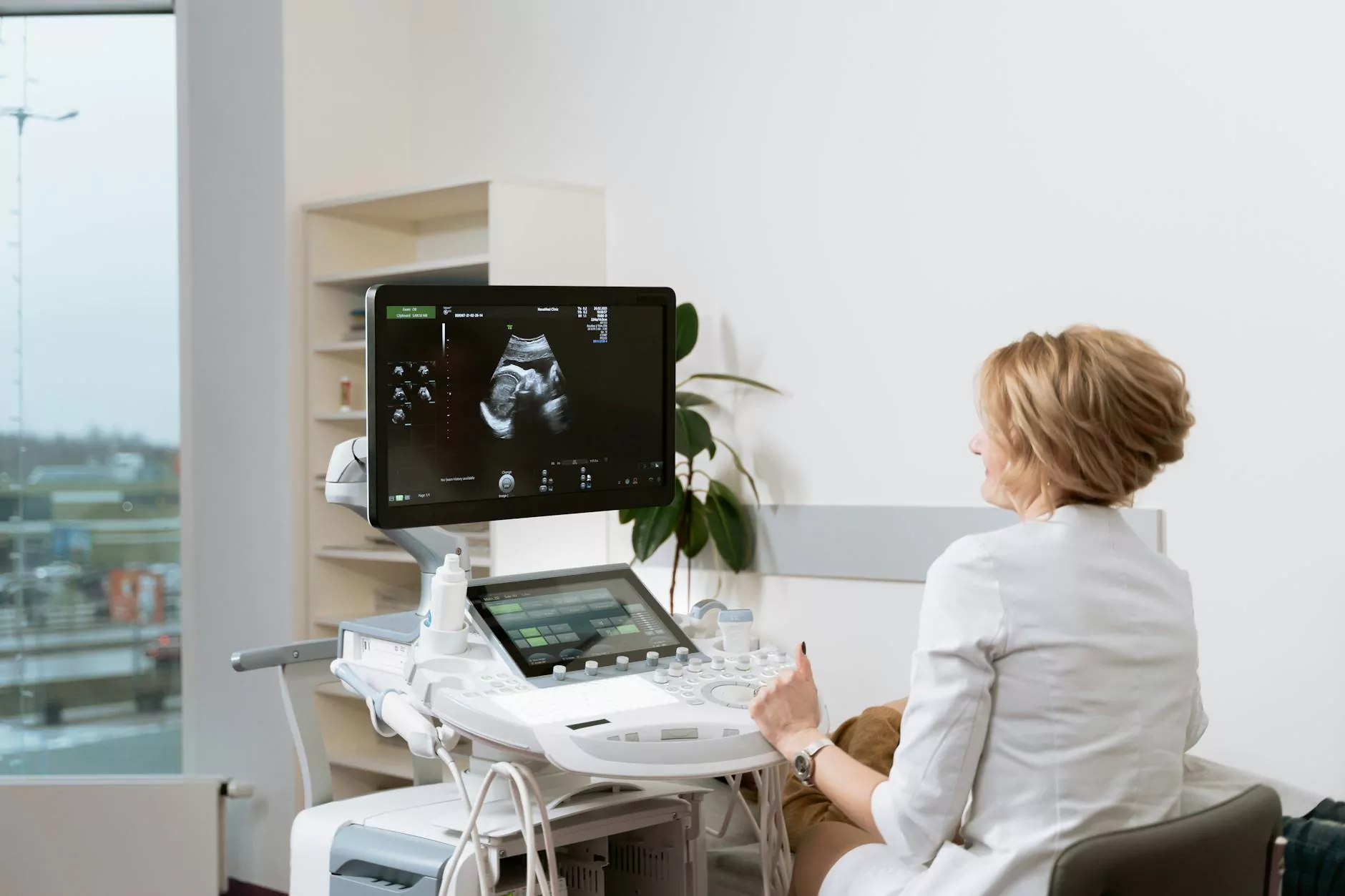Understanding Blood Clots in Legs: Causes, Symptoms, and Treatment

Blood clots in legs, medically known as Deep Vein Thrombosis (DVT), are a serious health concern that can lead to significant complications if not identified and treated promptly. In this comprehensive article, we delve into the details of blood clots in the legs, discussing their causes, symptoms, and effective treatment options to improve awareness and encourage proactive healthcare measures.
What Is a Blood Clot?
A blood clot is a semi-solid mass of blood that can form in the veins or arteries. Clotting is a natural function of the body, aimed at preventing excessive bleeding. However, when clots form improperly or when blood flow is disrupted, they can lead to serious health issues, particularly when they occur deep within the veins of the legs.
Why Focus on Blood Clots in Legs?
Blood clots in the legs pose a risk not only of local complications but can also lead to life-threatening conditions such as pulmonary embolism. This is when a clot breaks loose, travels to the lungs, and blocks a pulmonary artery, which can result in permanent damage to the lungs and heart, or even death.
Causes of Blood Clots in Legs
Understanding the causes of blood clots in legs is crucial in preventing their occurrence. Below are key factors that contribute to the formation of these clots:
- Immobility: Prolonged sitting or standing can slow down blood flow, increasing the risk of clot formation.
- Injury: Trauma to a leg can damage blood vessels and promote clotting.
- Medical Conditions: Disorders such as cancer, heart disease, and inflammatory bowel disease can increase the likelihood of clots.
- Genetic Factors: Some individuals have inherited conditions that promote excessive clotting (e.g., Factor V Leiden).
- Hormonal Changes: Hormonal therapies, particularly with estrogen, can increase the risk of clot development.
- Pregnancy: Expecting mothers are at higher risk due to increased pressure in the pelvic area and hormonal changes.
- Age: The risk of blood clots increases with age, particularly in individuals over 60.
Symptoms of Blood Clots in Legs
Recognizing the symptoms of blood clots in legs can be life-saving. Key signs to watch for include:
- Swelling: Affected leg may appear swollen compared to the other.
- Pain: Sudden pain or tenderness, often described as a cramp or soreness.
- Red or purple discoloration: The skin on the affected leg may change color.
- Warmth: The area around the clot may feel warmer to the touch compared to other areas.
Diagnosis of Blood Clots in Legs
Early diagnosis is essential for effective treatment. If DVT is suspected, healthcare professionals may utilize the following diagnostic methods:
- Doppler Ultrasound: This is the most common imaging test used to visualize blood flow in the veins and detect clots.
- Blood Tests: D-dimer tests can help determine whether there are high levels of clotting markers in the blood.
- CT or MRI Scans: In some cases, these imaging techniques may be employed for a more detailed view of the veins.
Treatment Options for Blood Clots in Legs
Treating blood clots in legs is critical to prevent complications. Here are the most common treatment options:
1. Anticoagulant Medications
Anticoagulants, commonly referred to as "blood thinners," are the primary treatment for DVT. These medications do not dissolve existing clots but prevent new ones from forming. Common anticoagulants include:
- Heparin: Usually given via injection, it works quickly to prevent further clotting.
- Warfarin: An oral medication that requires regular monitoring to ensure proper dosing.
- Dabigatran, Rivaroxaban, and Apixaban: These are newer anticoagulants that do not require as much monitoring.
2. Thrombolytic Therapy
In severe cases of DVT where acute symptoms are present, thrombolytic medications may be administered to dissolve plugs in the blood flow. These are typically reserved for more serious cases due to potential bleeding risks.
3. Inferior Vena Cava (IVC) Filters
In patients who cannot take anticoagulants, an IVC filter may be placed in the large vein (inferior vena cava) that carries blood from the legs back to the heart. This device helps catch any moving clots before they can reach the lungs.
4. Lifestyle Changes
In conjunction with medical treatments, lifestyle changes play a vital role in managing overall vascular health:
- Regular Exercise: Engaging in physical activity promotes healthy blood flow and circulation.
- Maintaining a Healthy Weight: Obesity increases the risk of developing blood clots.
- Avoiding Long Periods of Immobility: Move regularly during long travels, such as taking walks or performing leg exercises.
- Staying Hydrated: Adequate hydration supports good blood circulation.
Preventing Blood Clots in Legs
Preventing blood clots in legs is equally as important as treatment. Here are some key prevention strategies:
- Compression Stockings: These can improve blood flow in the legs and reduce swelling.
- Medication: Prophylactic anticoagulants may be prescribed for high-risk individuals, particularly after surgery.
- Awareness of Risk Factors: Understanding personal risk factors can help in early intervention and lifestyle adjustments.
Conclusion
Understanding blood clots in legs is crucial for prevention, timely diagnosis, and effective treatment. Being aware of the risk factors, recognizing symptoms, and seeking medical advice can save lives. If you experience any symptoms suggestive of DVT, it is essential to contact healthcare professionals immediately. At trufflesveinspecialists.com, our team of vascular medicine specialists is dedicated to diagnosing and treating vascular conditions, ensuring that your health is in safe hands.
Further Resources
For more information on blood clots and vascular health, consider visiting the following resources:
- CDC - Deep Vein Thrombosis (DVT) Facts
- NCBI - Management of Deep Vein Thrombosis
- Mayo Clinic - DVT Overview



